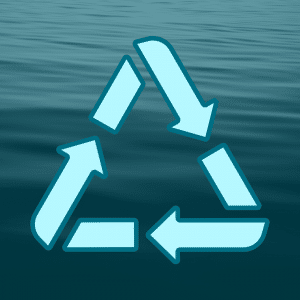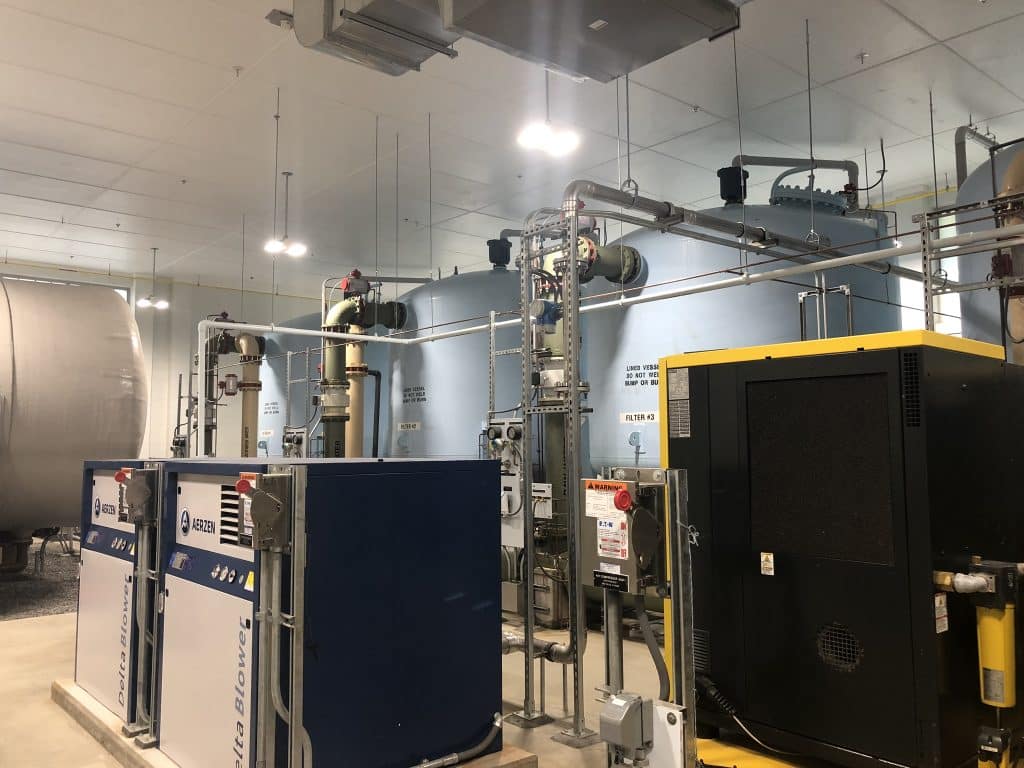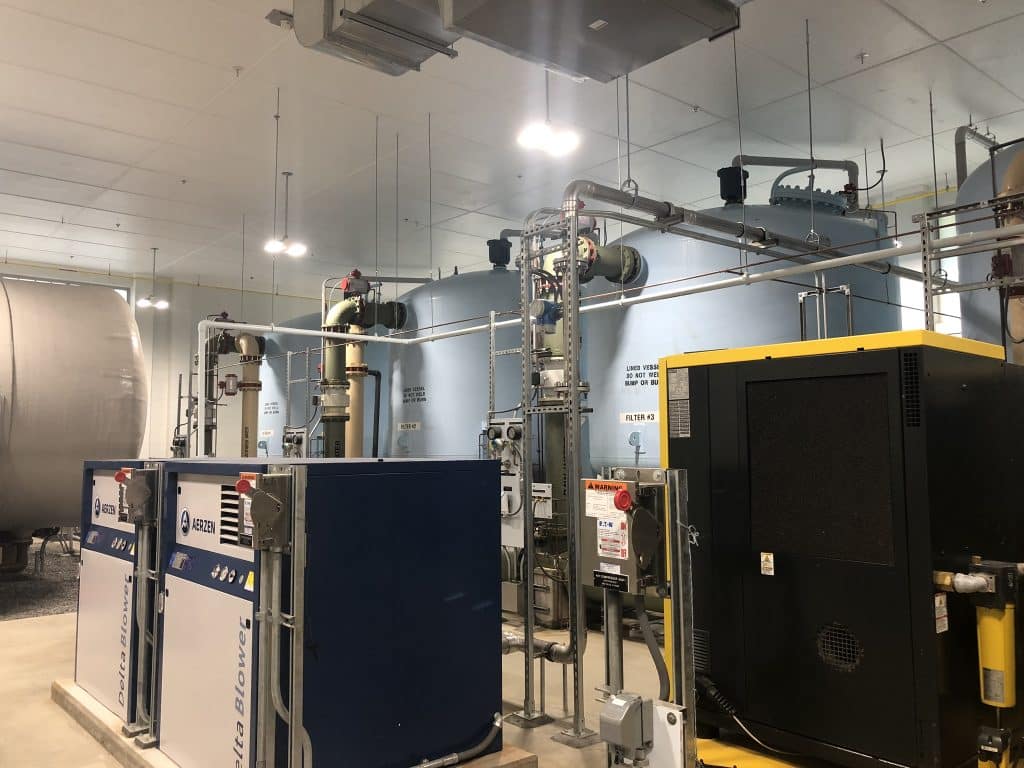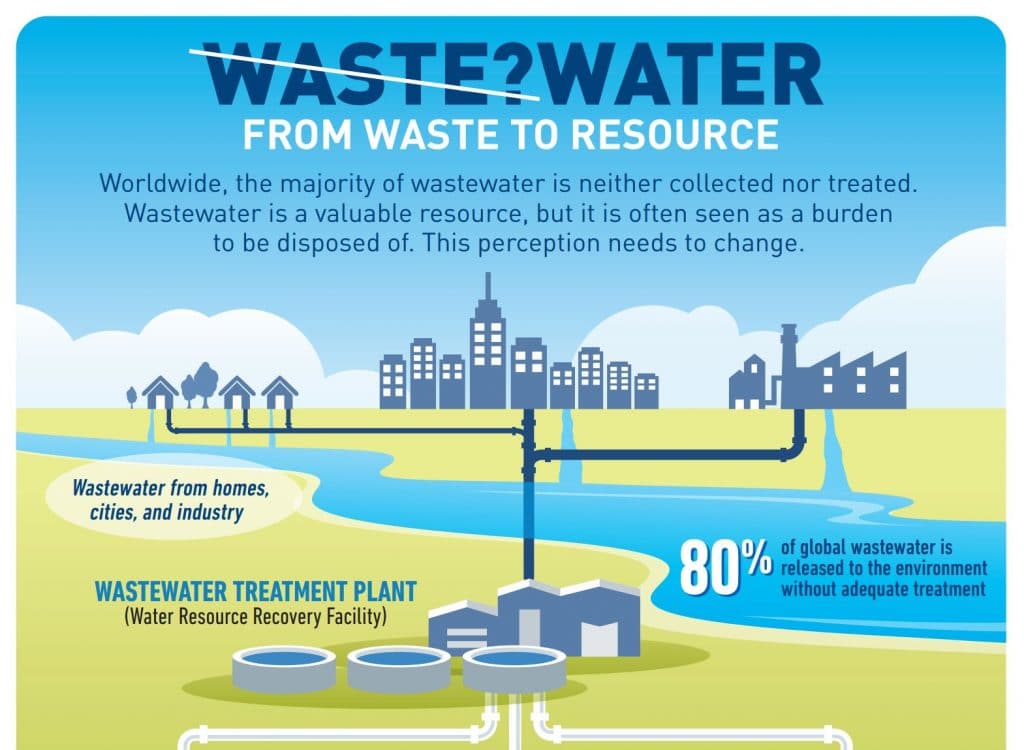The Makeup of the Water and Wastewater Utility Workforce
In an ever-changing workforce, getting, keeping, and replacing staff is a key component to managing system assets for the indefinite sustainability of the utility. We are now in an era where the water industry is filled with three major groups of working professionals: Baby Boomers, Generation Xers, Generation Yers (also known as Millennials), and Generation Zers (also known as Plurals.)

Baby Boomers
The Baby Boomers were born between 1946 and 1964 and are often time the more senior leaders or employees within the company. Overall, this group of workers have a strong work ethic. They’re not adverse to the risk of trying something new and generally see themselves as able to do anything.
This group is also in or approaching retirement age. They hold vast amounts of system and industry knowledge, yet, as an industry, we do not do a good enough job working to secure this long-term employee knowledge.
Generation X
The Generation Xers we born between 1965 to 1976. Growing up in the decade following the Cold War, they saw the inception of the home computer, video games and the internet as a tool for commercial and social purposes. They’re typically independent, resourceful, and self-sufficient. They value freedom and responsibility in the workplace and are known to display a casual disdain for authority and structured work hours.
Generation Y
Workers in Generation Y, also known as millennials, were born between 1977 and 1996. This group is more likely to question authority and demand answers. Workers in this group as known to be creative thinkers, social beings, collaborative, and open-minded. They are known as masters of instant communications and typically want to be involved in the decision-making process.
Generation Z
The newest generation of professionals in the workforce are the ones born between 1997 and now. They are known as the Plurals and are the most ethnically diverse population to date. They are least likely to believe in the ‘American Dream’ and are very entrepreneurial and resourceful. This group grew up with technology at their fingertips, and mobile phones as their primary source of information and communication.
Coming into Leadership
For the most part, Baby Boomers are/have been in leadership roles within the water industry for the last few decades. In fact, most people in the current day workforce likely can’t recall a workforce without this generation. According to the American Water Works Association’s 2019 State of the Water Industry report, 45% of respondents have spent 20 or more years in the industry. As leaders, Baby Boomers hold vast amounts of knowledge that is going to be difficult to replace by the up-and-coming generations.

As they near the age of retirement, the Gen X, Gen Y and Gen Z professionals are now in a position to step up into vacant roles. But are they ready? Do they have the knowledge? And more importantly, do they have what it takes to be a good leader?
Qualities of a Leader
- Inspire others
- Effective communicators
- Delegate based on identifying different strengths
- Have a solid vision of where they want to take you and why
- Have been a ‘follower’
- Listens well
- Empowers those around them
Responsibilities of a Leader
- Making tough decisions
- Making unpopular decisions
- Making decisions on the basis of facts
- Being fair in all dealings
- Ability to be stern as well as compassionate

A Good Leader Does Not
- Worry about giving back more than they are given
- Strive to be or appear to be more than they really are
- Make decisions based on the fear of other people’s reactions
- Turn away from change when change is necessary
Identifying Future Leaders and Managers
As current leaders move toward retirement (at a rate of 10,000 per day,) it’s critical to have a plan in place for obtaining the next group of leaders and managers. The succession planning process requires identification of organizational needs based on upcoming retirements and who will fill that role from within the organization or if an outside search is required. Once the person is identified, co-creation of an individualized development plan is essential to provide the next generation with the tools to succeed in the position. Equally as important is follow through on the development plans.
Managing People
As new managers emerge into the space, they will have a lot of ground to cover. The most important, of course, is getting to know other staff members, and allowing staff the same thing in return.
Creating a culture of accountability is key. A good manager or leader must lead by example. This includes doing what they say they will do. In addition, setting and communicating clear expectations is crucial as well as providing an opportunity for feedback.
Stepping into a leadership role also includes looking at the business from a new perspective. What areas should be looked at with a new set of eyes?
- Job descriptions – make sure they are all up to date.
- Effective Practice Guidelines (EPGs) – formerly SOPs.
- Performance measures – make sure they are realistic.
- Training – be sure that new and seasoned staff alike are properly and fully trained on all procedures and protocols.
- Technology – what new advancements can aid in your utility’s success?
Always Ask Questions
As a leader or manager, there are always questions you should be asking yourself. Some of these include:
- Am I identifying opportunities for improvement?
- Do I have a structured, programmatic approach to managing, operating and maintaining my utility?
- Do I have a plan that describes what I do, when I do it, and most importantly, WHY I do it?
- Am I communicating clearly?
- What works well, what does not work well, and why?
- How is morale among staff?
Tips for Future Leaders
- Leading people doesn’t necessarily come naturally. Your success will be based on the effort you put in.
- You must want to be in this position. It is very demanding, and you must be responsible and accountable.
- Provide the framework for a structured and programmatic approach to managing, operating, and maintaining your utility in a more business-like manner.
Final Notes on Getting, Growing, Keeping, and Replacing the Best Staff
- Listen to understand, not just to respond
- Communicate effectively
- Help staff be accountable
- Be sincere, genuine, and show you truly care
“If you want to move people, it has to be toward a vision that’s positive for them, that taps important values, that gets them something they desire and it has to be presented in a compelling way so that they feel inspired to follow.” – Martin Luther King, Jr”
















